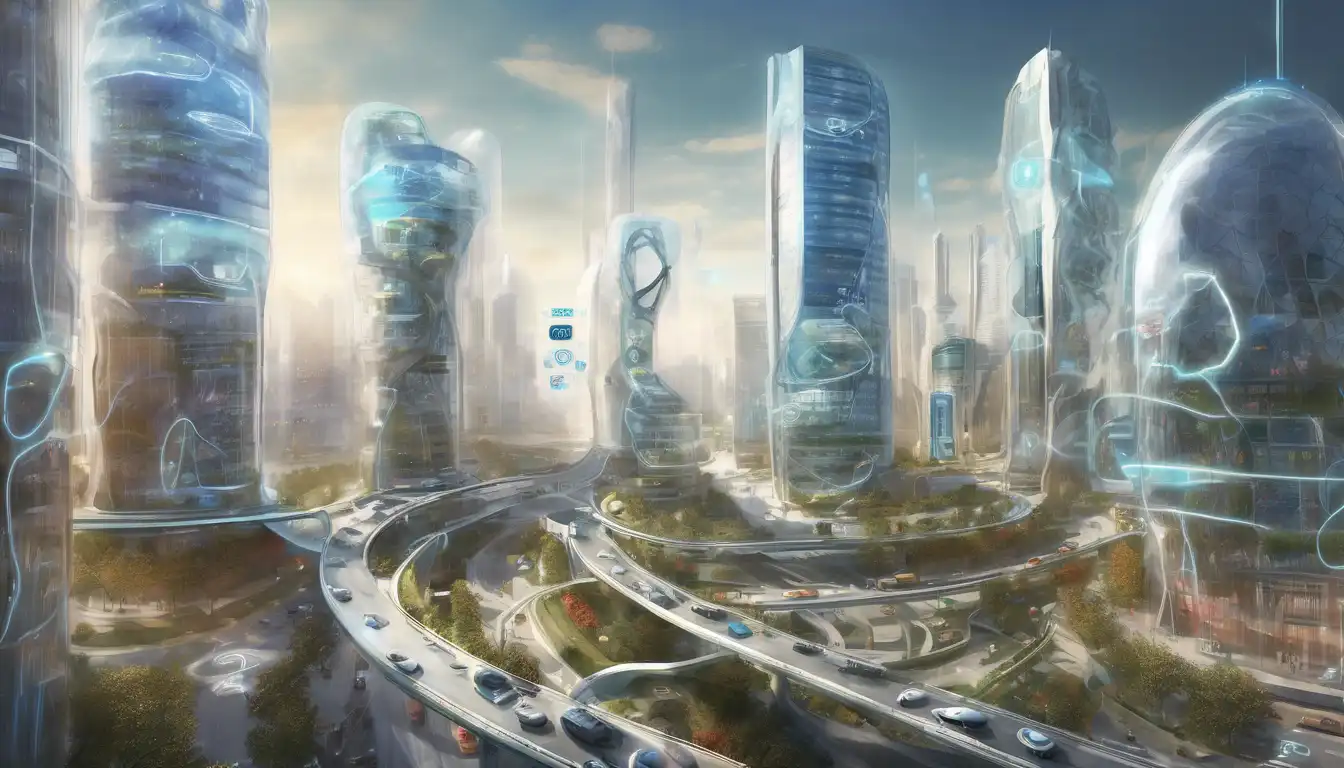The Role of IoT in Shaping Smart Cities
The Internet of Things (IoT) is revolutionizing the way we live, work, and interact with our urban environments. By connecting devices, sensors, and systems across cities, IoT is laying the foundation for smarter, more efficient, and sustainable urban living. This article delves into the transformative potential of IoT in smart cities, highlighting key areas of impact and future possibilities.
Key Areas of Impact
IoT technology is being leveraged across various sectors to enhance the quality of life in urban areas. Below are some of the most significant areas where IoT is making a difference:
- Transportation: IoT enables smarter traffic management systems, reducing congestion and improving public transportation efficiency.
- Energy Management: Smart grids and IoT devices help in optimizing energy use, leading to significant savings and reduced carbon footprints.
- Waste Management: Sensors in waste bins can signal when they are full, optimizing collection routes and frequencies.
- Public Safety: IoT devices enhance surveillance and emergency response systems, making cities safer for residents.
Future Possibilities
The future of IoT in smart cities is boundless. With advancements in technology, we can expect even more innovative applications, such as:
- Autonomous vehicles communicating with city infrastructure to reduce accidents and traffic jams.
- Advanced air quality monitoring systems that provide real-time data to combat pollution.
- Smart buildings that adjust lighting, heating, and cooling based on occupancy and weather conditions.
These developments not only promise to enhance urban living but also pave the way for more sustainable and resilient cities.
Challenges and Considerations
Despite its potential, the integration of IoT into smart cities is not without challenges. Issues such as data privacy, security, and the digital divide must be addressed to ensure equitable and secure implementation. Furthermore, the success of IoT in smart cities depends on collaboration between governments, technology providers, and citizens.
For more insights into how technology is transforming urban landscapes, explore our articles on urban development and sustainable living.
Conclusion
The future of IoT in smart cities is bright, offering unprecedented opportunities to improve efficiency, sustainability, and quality of life. As technology continues to evolve, so too will the ways in which we harness IoT to create smarter, more connected urban environments. The journey towards fully realized smart cities is complex, but with continued innovation and collaboration, the possibilities are limitless.
